Russian GermanyMap
July The trees planted along the roads create a cozy atmosphere. A sign warns drivers that crashing into said trees is a bad idea. 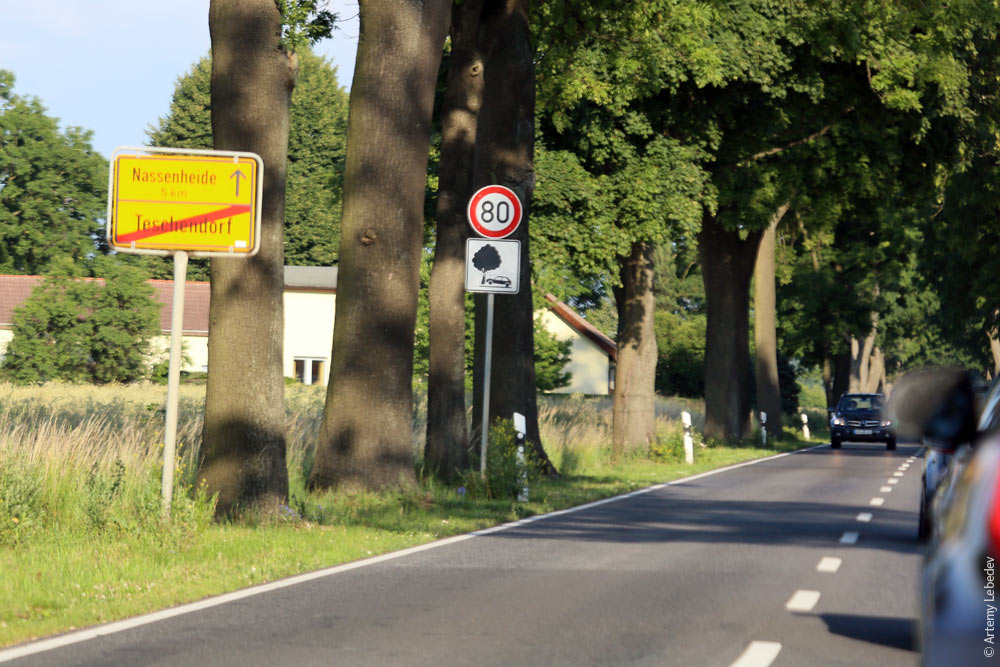 There are lots of mothers on bicycles with baby carriage trailers in tow. 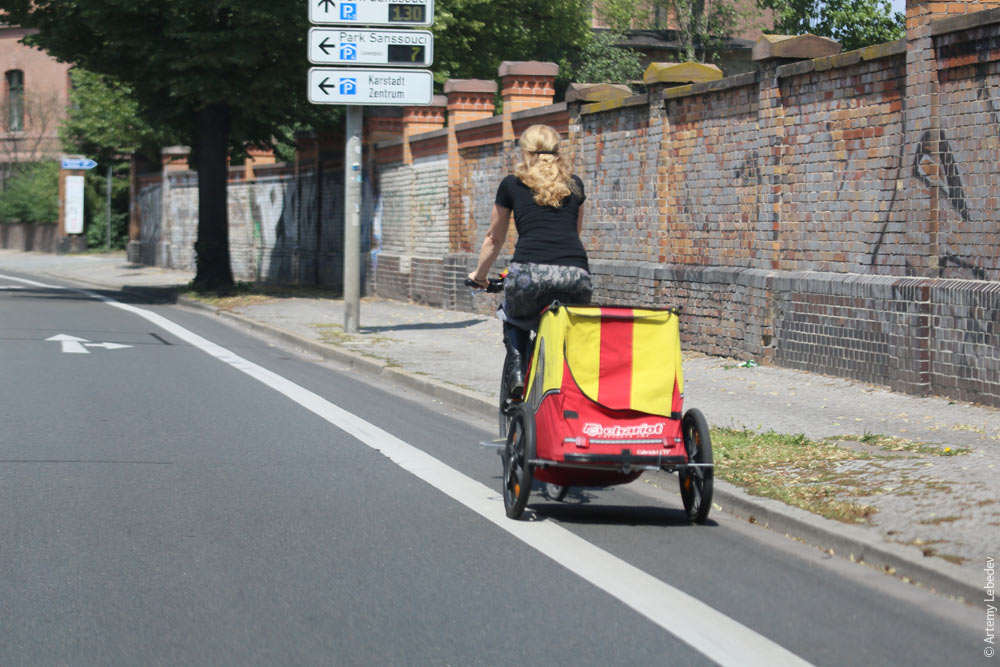 Germans, regardless of their age, smoke like chimneys. 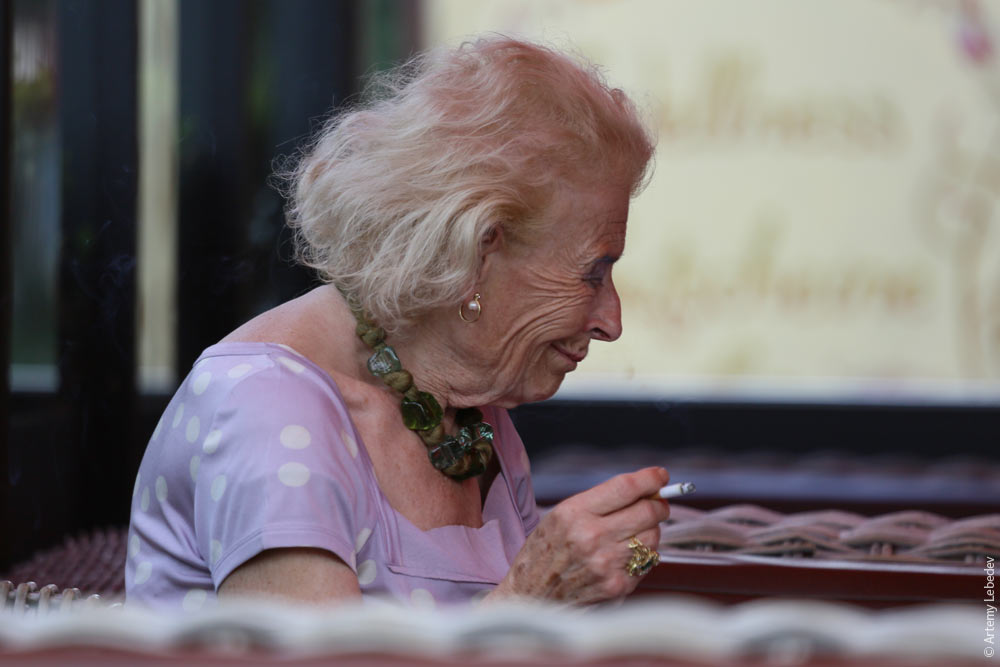 The “train” sign is just like the one in Georgia.  BerlinMapSecurity at Tegel Airport. 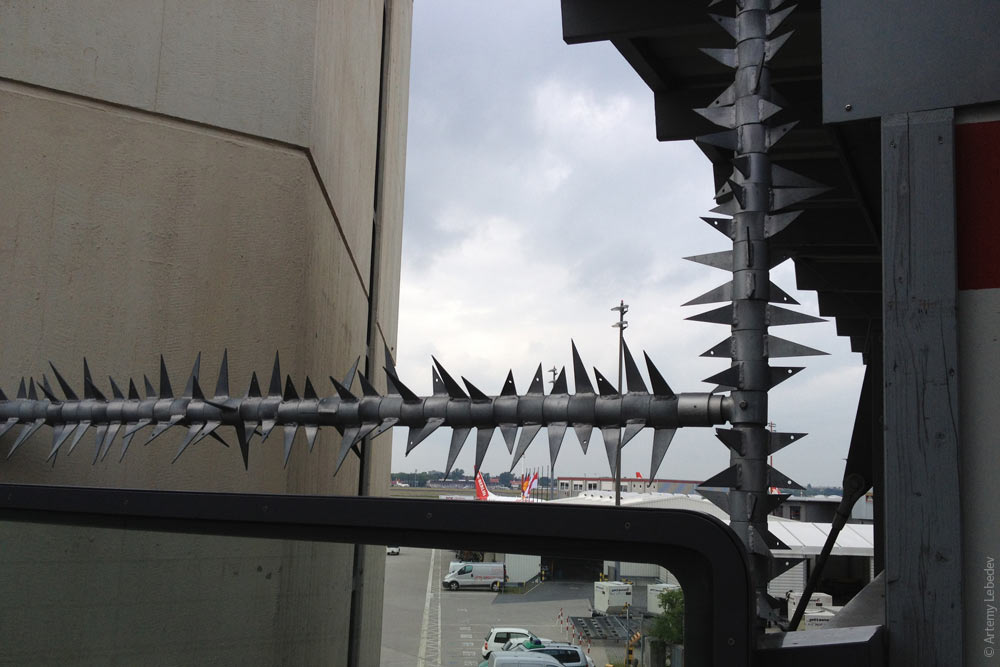 Berlin’s main distinctive detail is the orange trash can on a post. 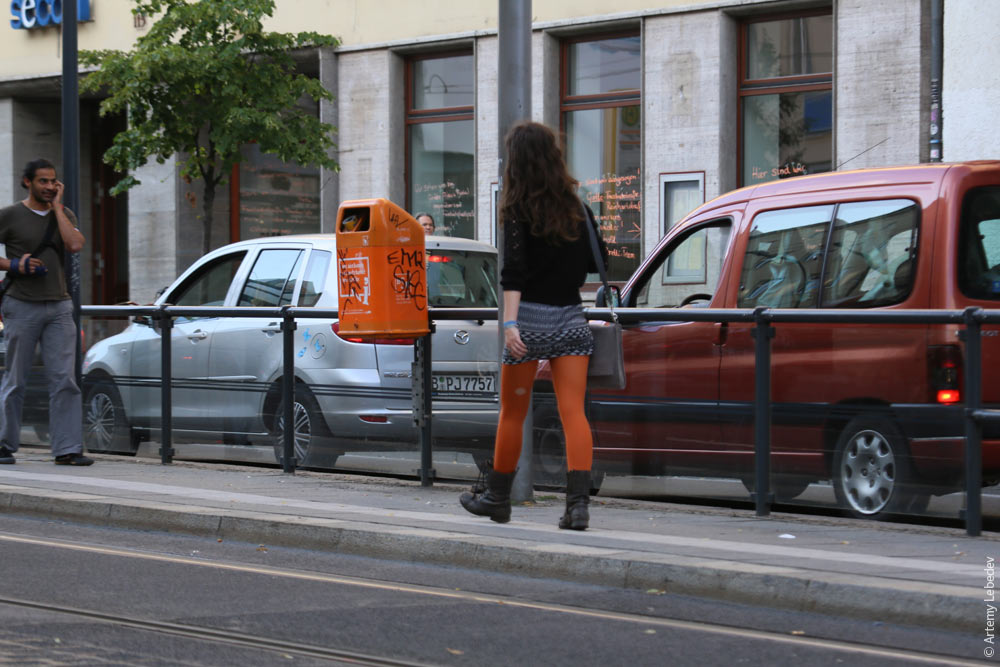 A touch sensor to trigger the pedestrian walk signal (like in Hong Kong). 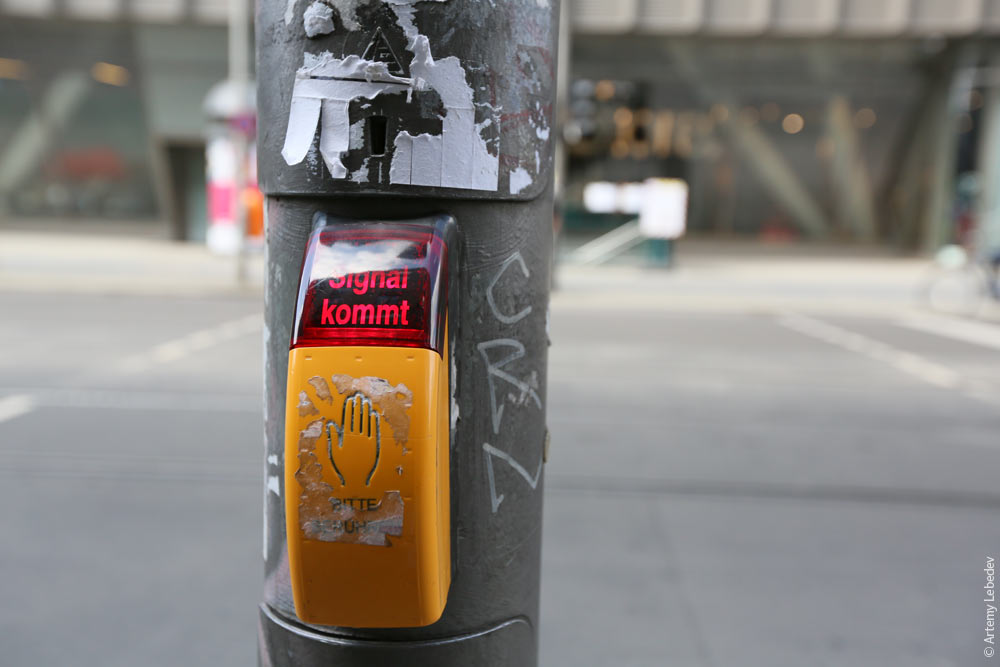 The renovated soldier-liberator monument in Treptower Park. 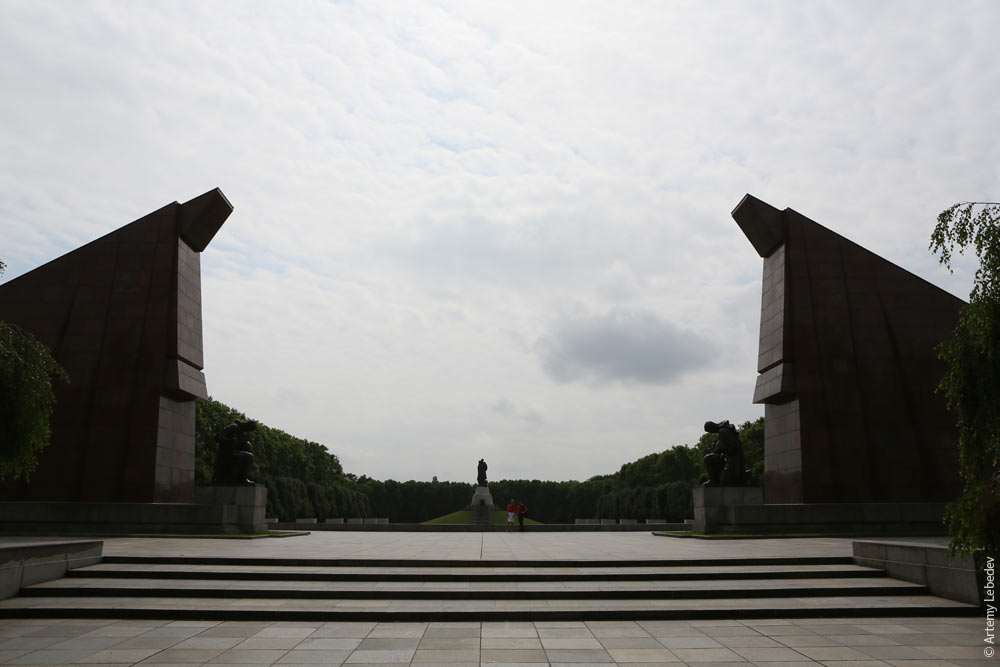 Inside, the monument is like a church—quiet, with religious mosaics. The text at the top reads: “...saved European civilization from fascist aggressors...”  Next to the statue is a big block of granite with the inscription “Eternal glory to the soldiers of the Soviet Army, who gave their lives in the struggle to free humanity from fascist enslavement.” 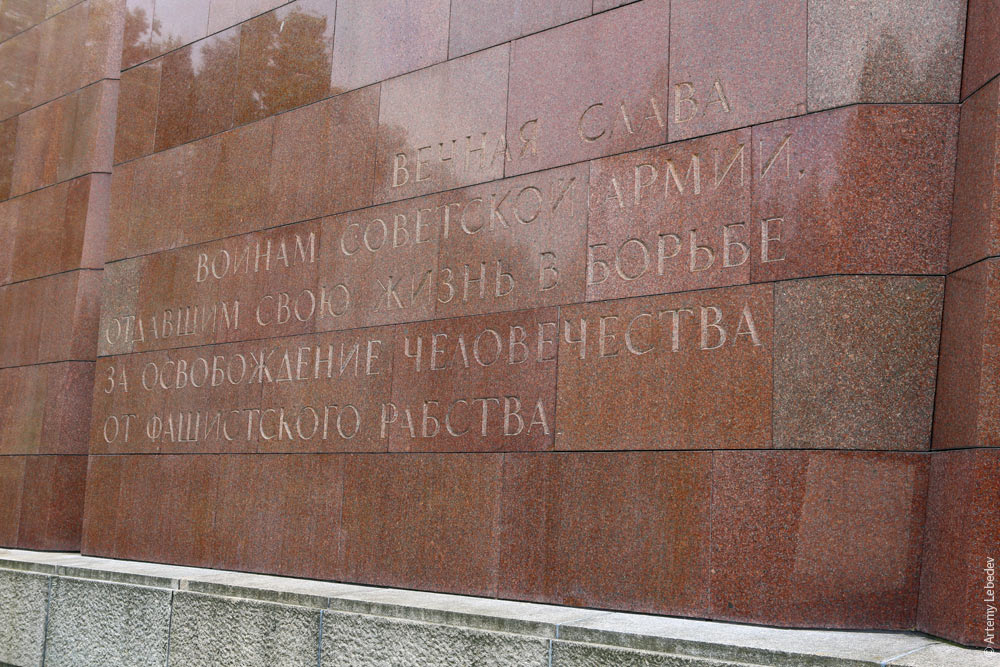 The wording on a German information stand near the exit is much more toned-down and attuned to European sensibilities: “the figure of the Soviet soldier... is a world-famous symbol of the role played by the Soviet Union in destroying National Socialism.” 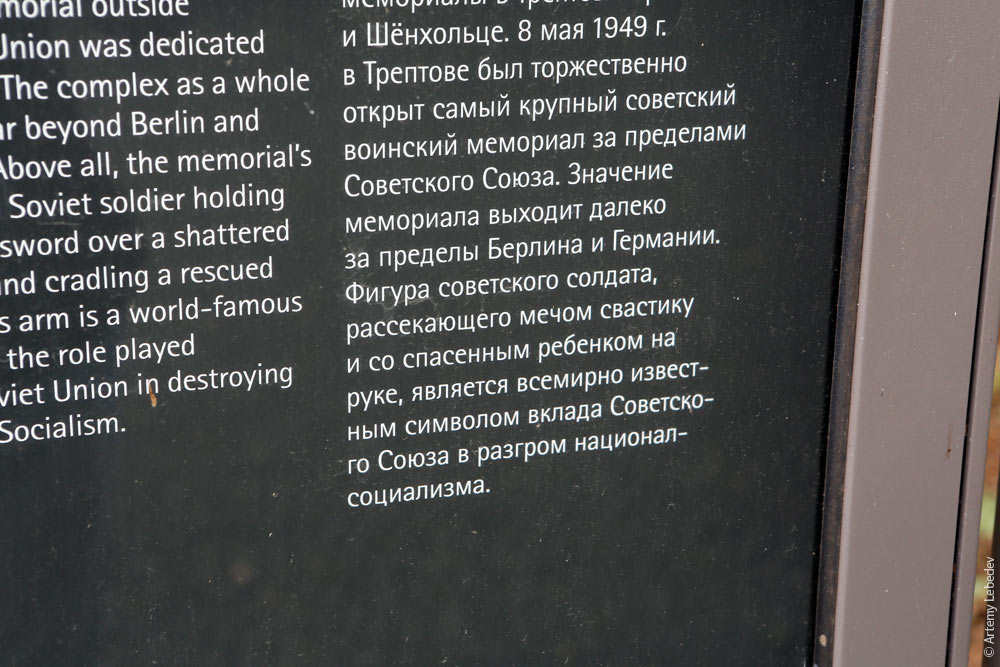 AlexandrowkaMapNot far from Berlin, next to the city of Potsdam, is the Russian village of Alexandrowka. 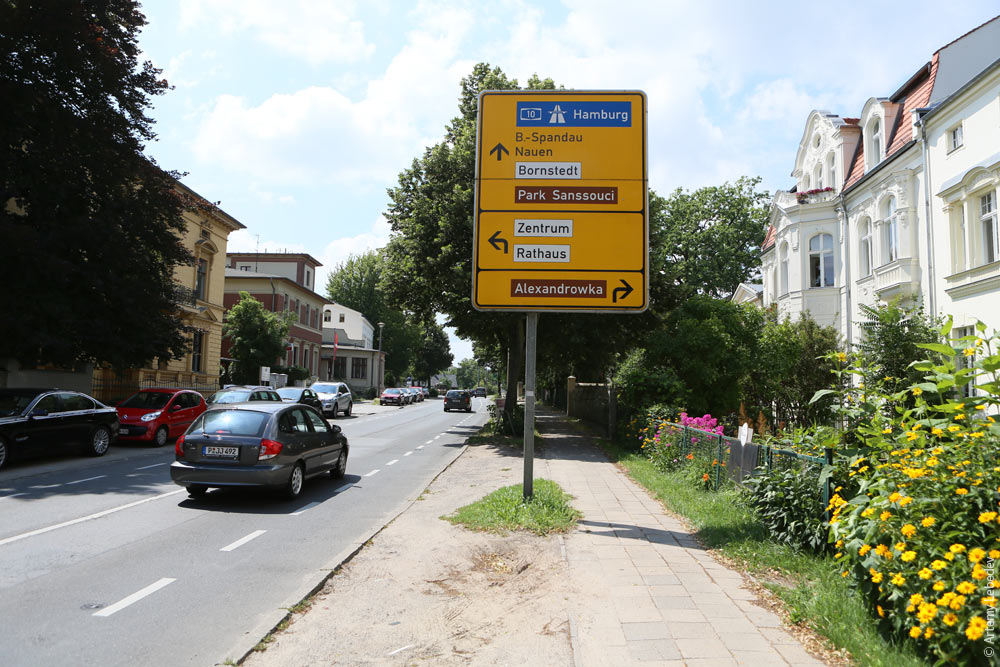 The layout of Russian Colony Street is as far removed from the layout of an actual Russian village as Alexandrowka is from Russia. 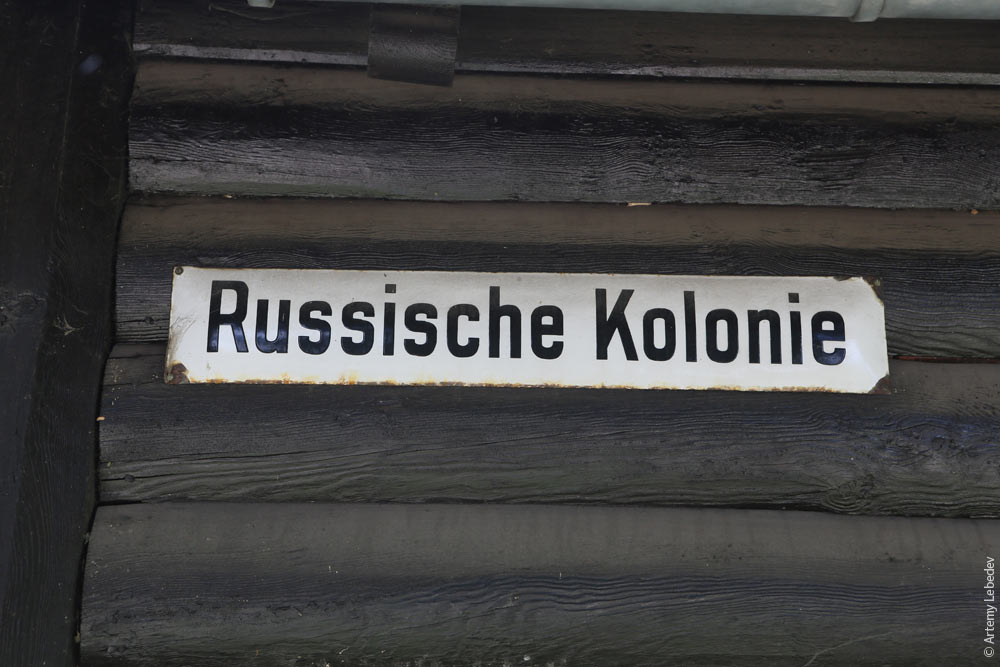 The settlement has a remarkable history. In 1812, several hundred Russian soldiers were taken prisoner by the French and remained in Potsdam. A choir was formed out of them. In 1825, Russian emperor Alexander I died, and Alexandrowka, a colony of twelve houses, was established in his honor and populated with the surviving choir members, each of whom was provided with a cow and a fully furnished home in the Russian style. 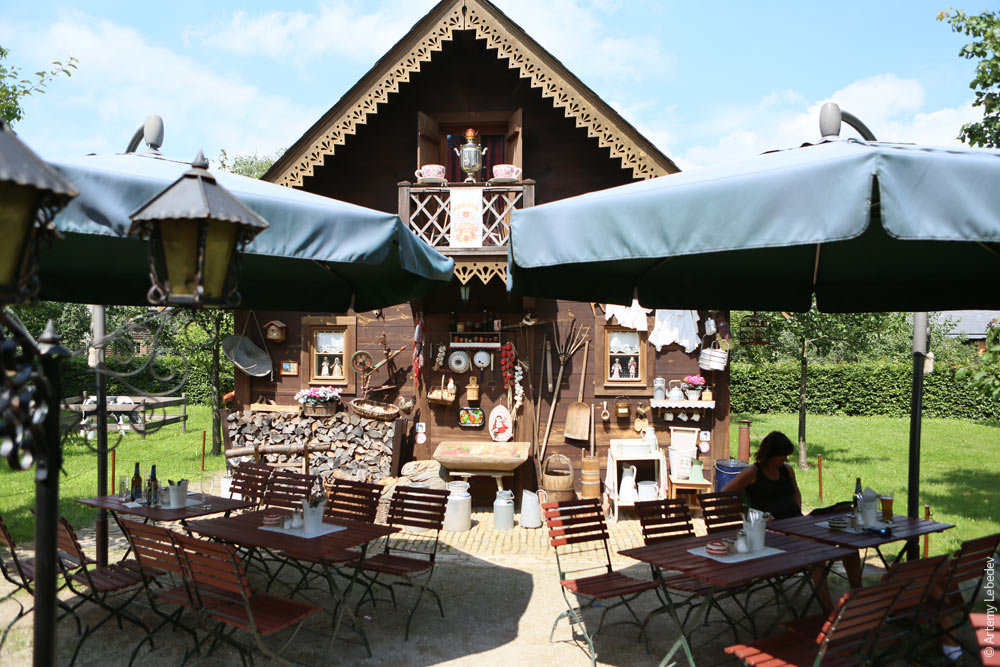 The houses in Alexandrowka are about five hundred meters apart from one another. 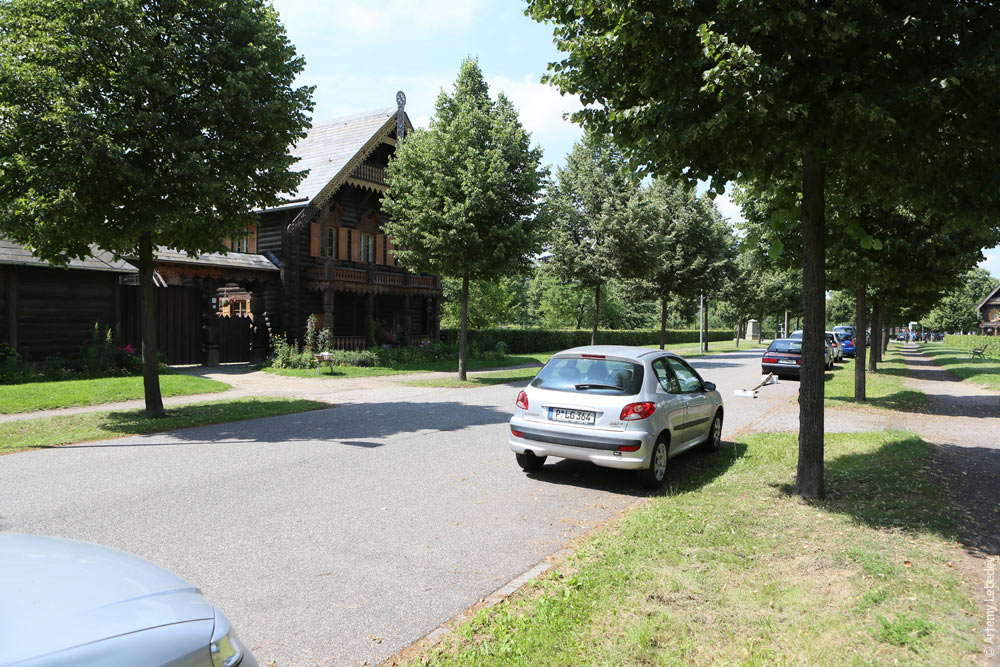 Tourists lounge in the vegetable gardens. 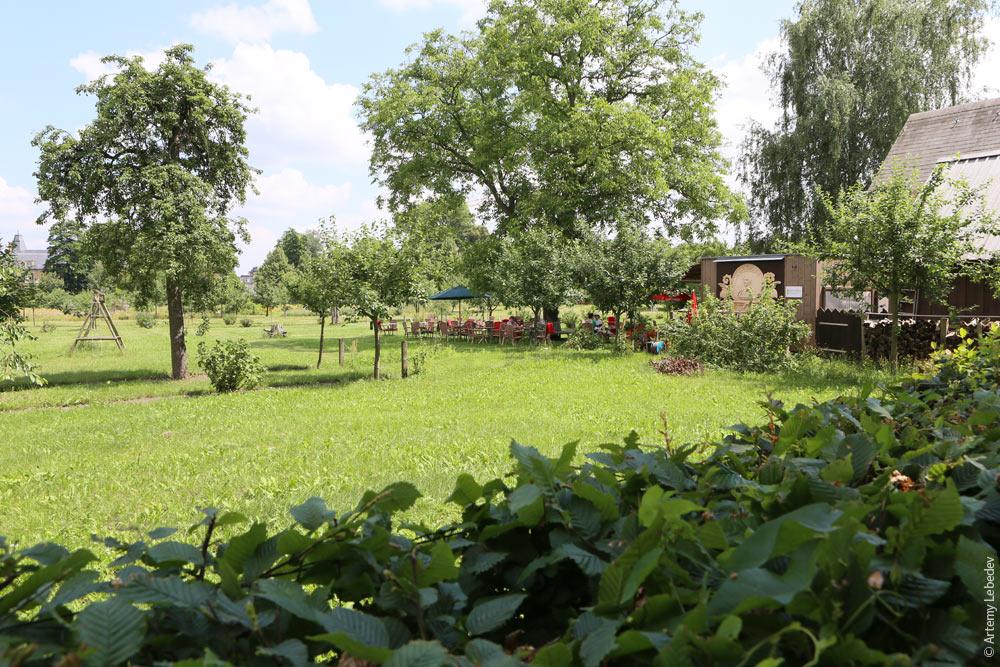 One of the traditional log houses contains a restaurant. The food is surprisingly tasty.  The buildings are protected by the government, and the village itself is a UNESCO World Heritage Site. 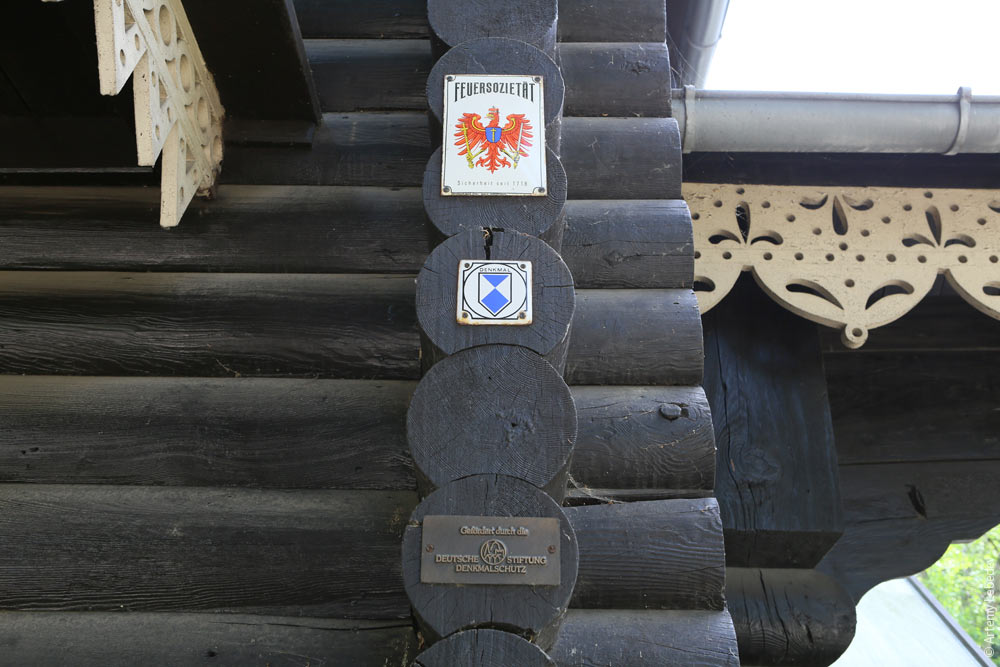 A tub that forms part of the museum collection. 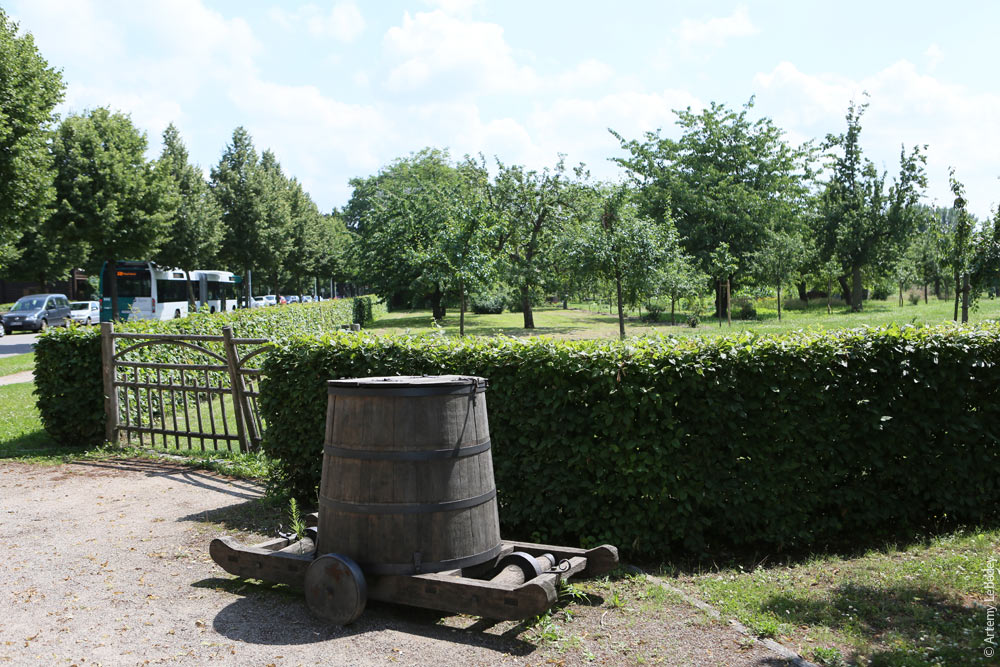 Curiously, the Russian village managed to escape being bombed during the war. It remains standing just as it was a hundred and fifty years ago. 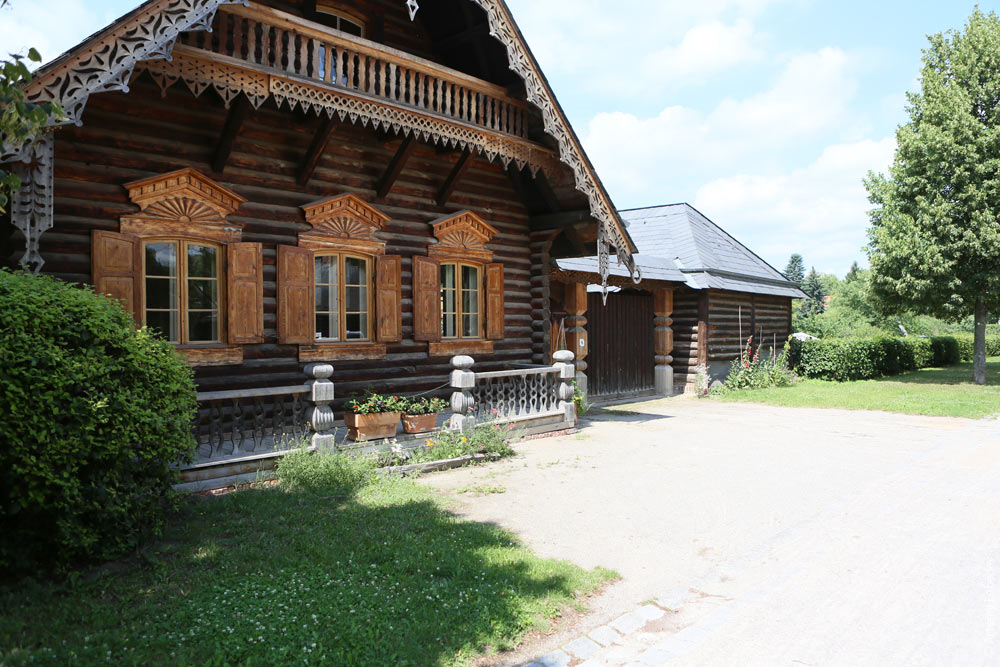 With a museum display in the cellar. 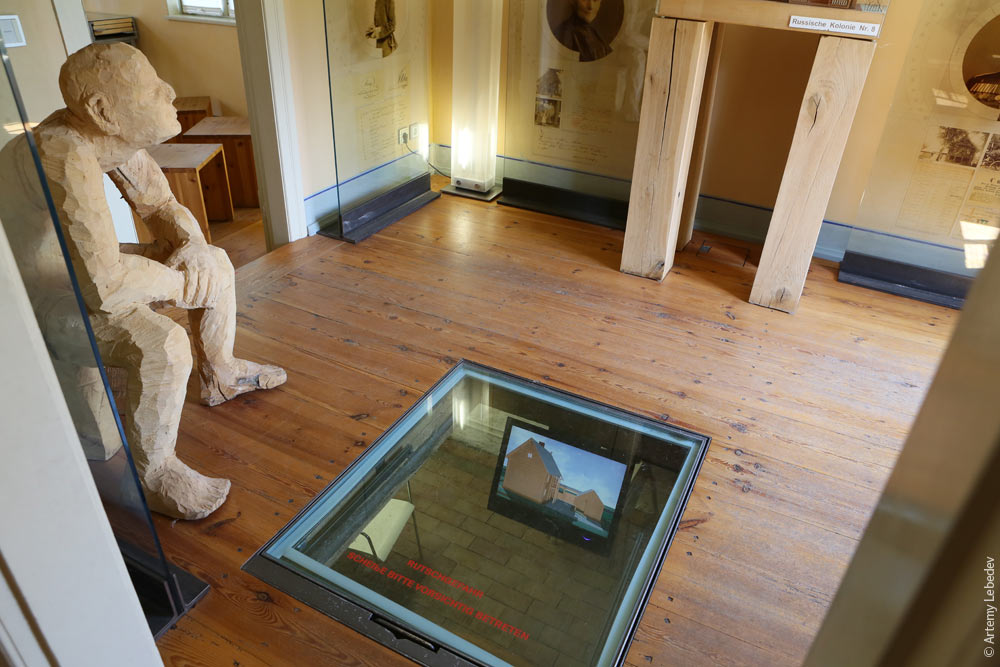 Fürstenberg/HavelMapAn hour’s drive north from Berlin is the quiet town of Fürstenberg. It has old people in wheelchairs. 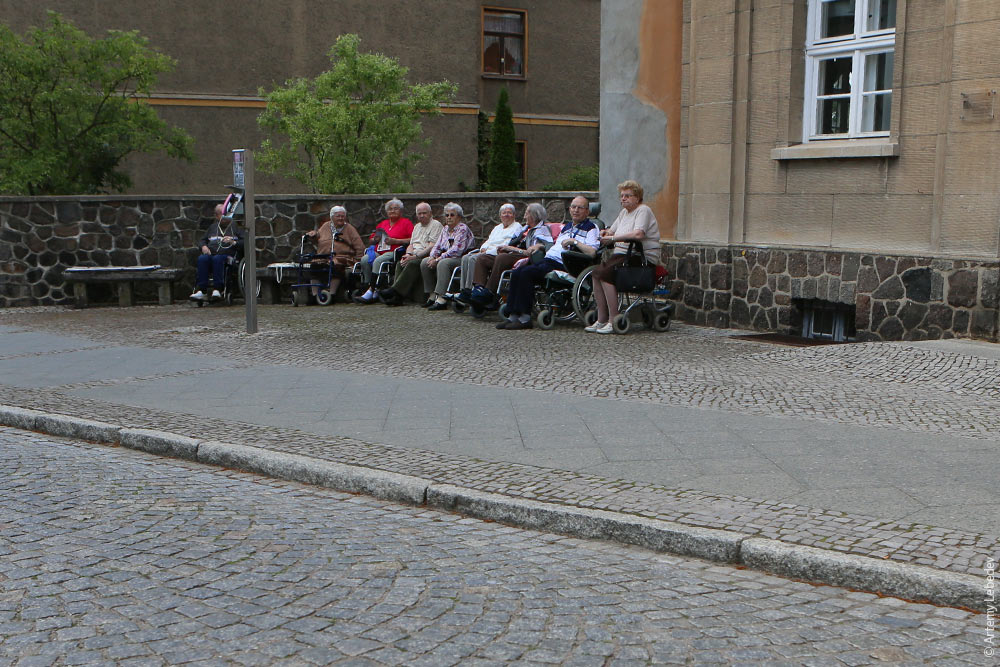 It has a monument to those who perished in World War I. 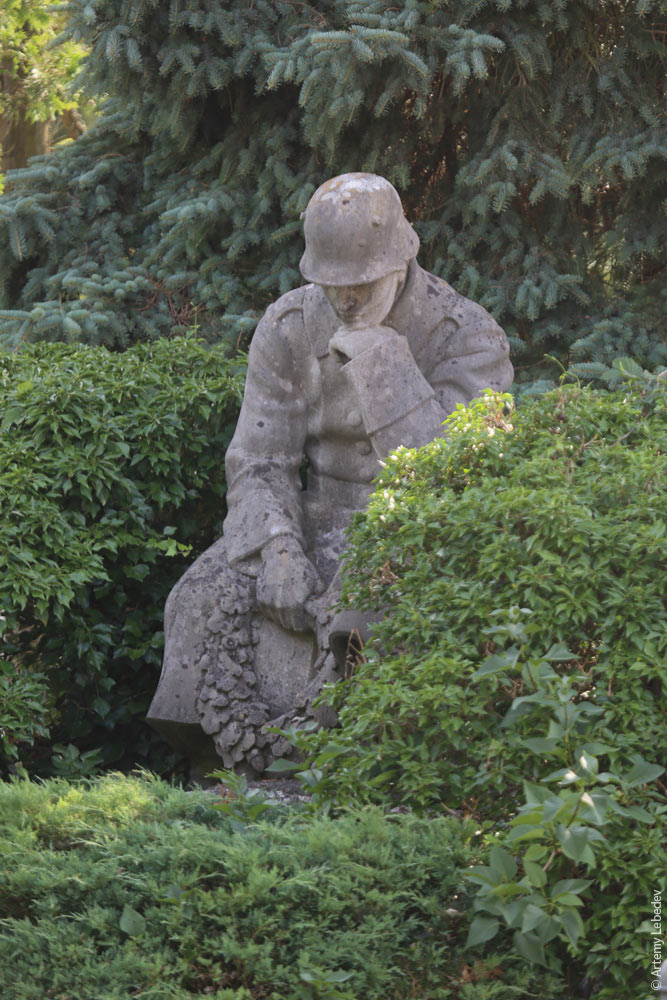 If you drive in a little deeper past the summer cottages, you’ll find yourself on the territory of a former Soviet military base. 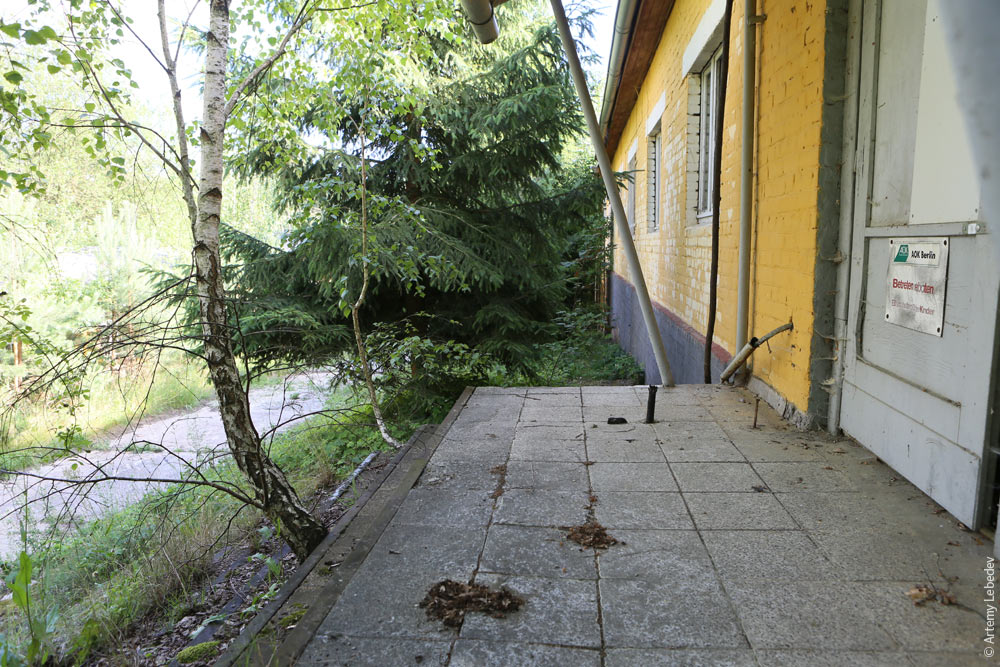 The guard booth has been swallowed up by the forest. 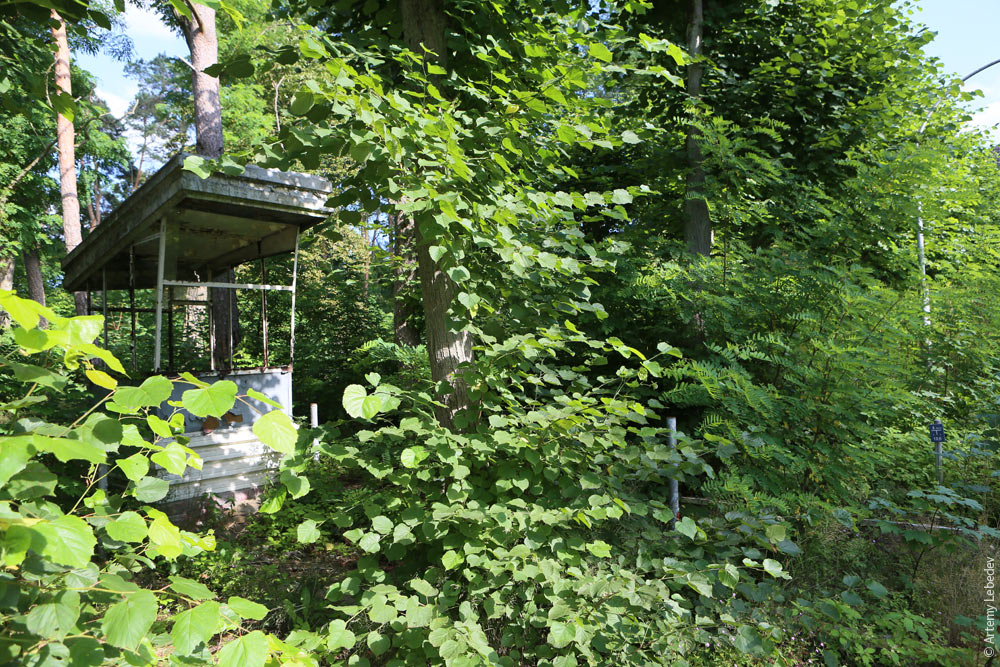 The officers’ quarters are lost in a sea of green. 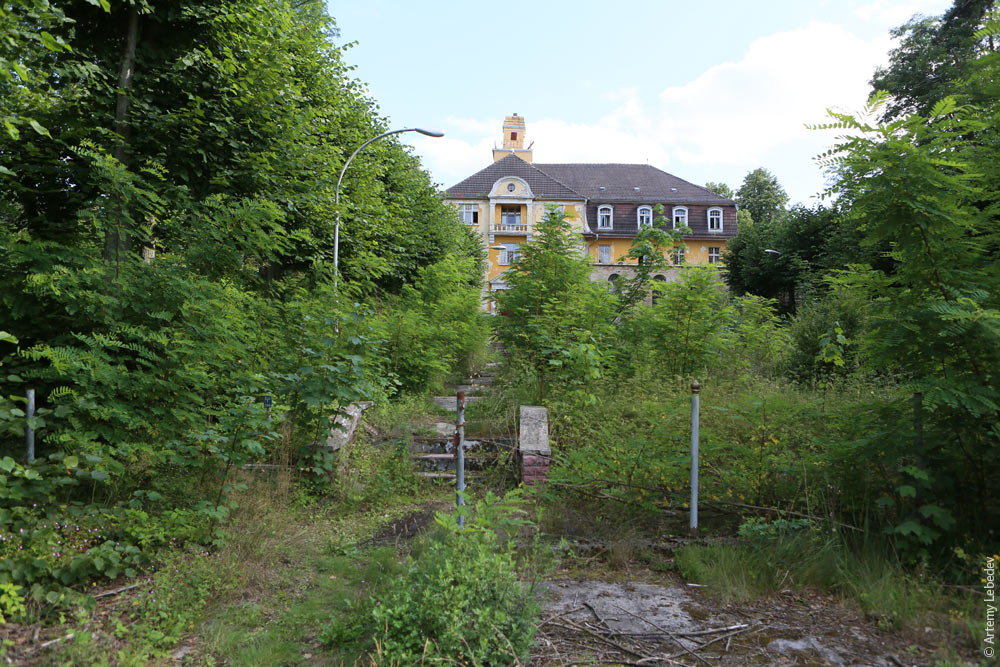 Lenin has been colonized by moss. 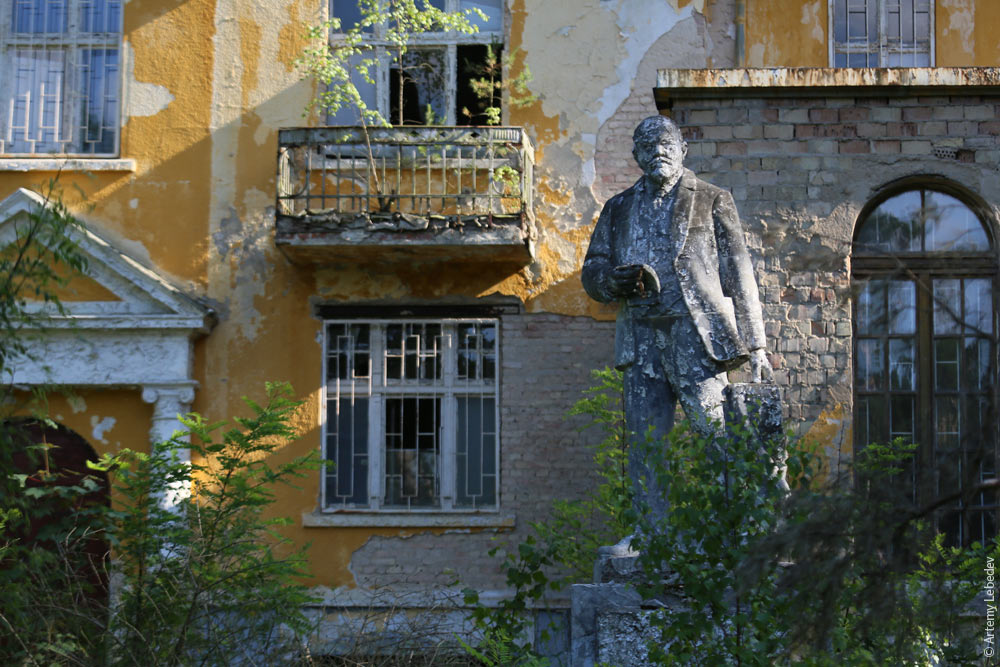 Trees rise up from the balconies. 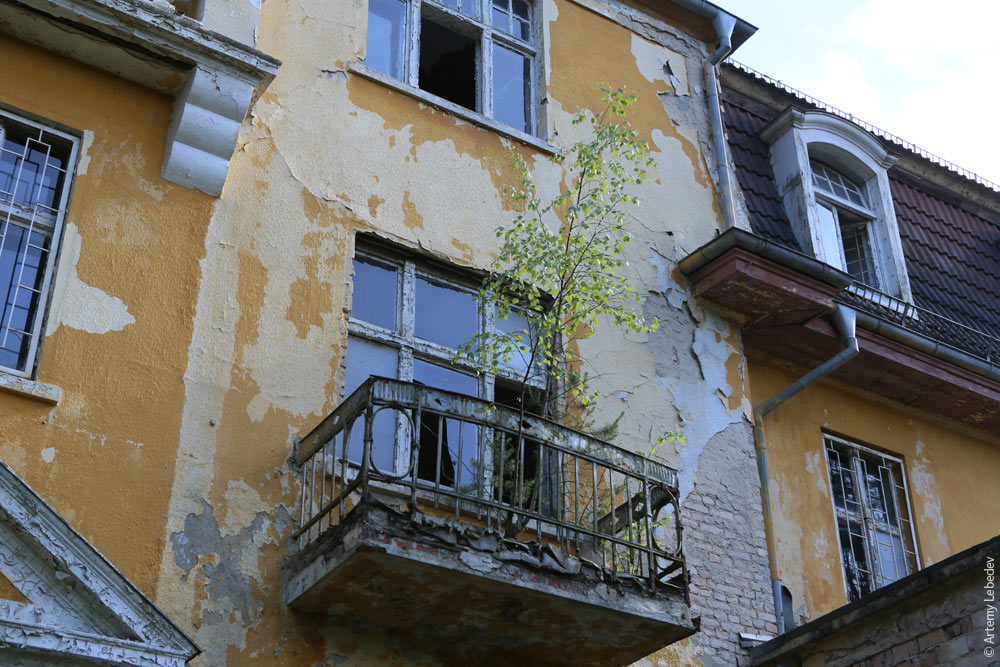 The entrances have rusted through. 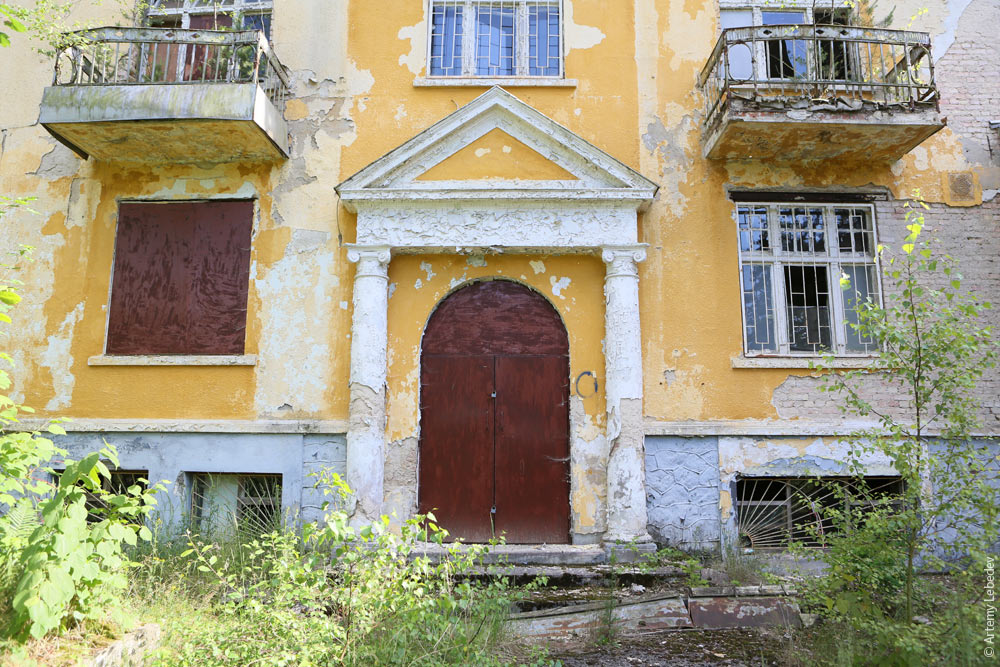 A poster board with the rules of combat alert duty partially covers a window in the back. 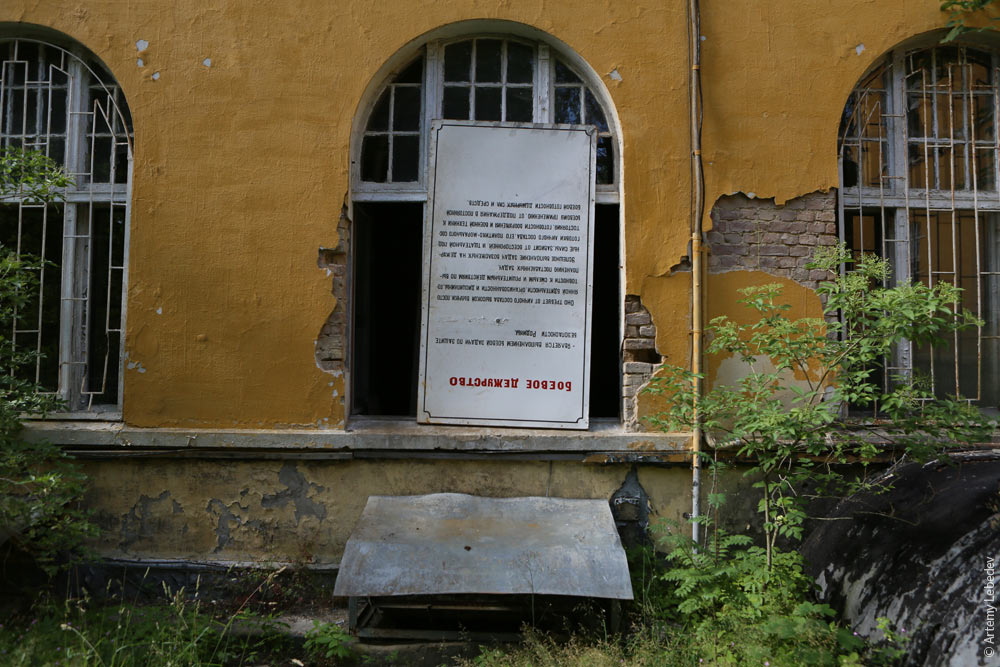 The paint inside is peeling. 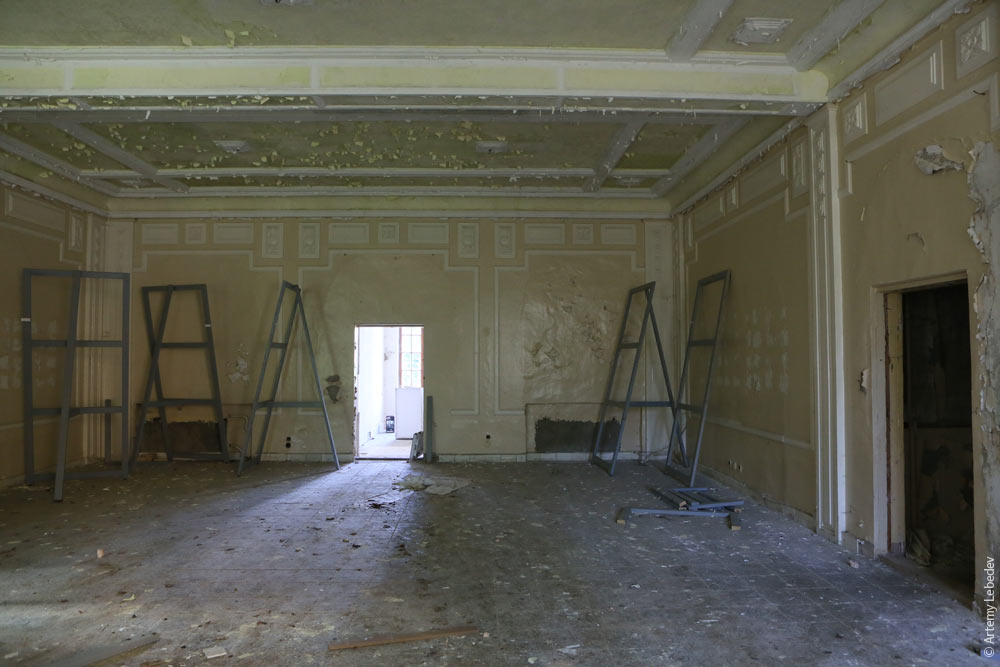 But time holds no sway over Soviet hangers. 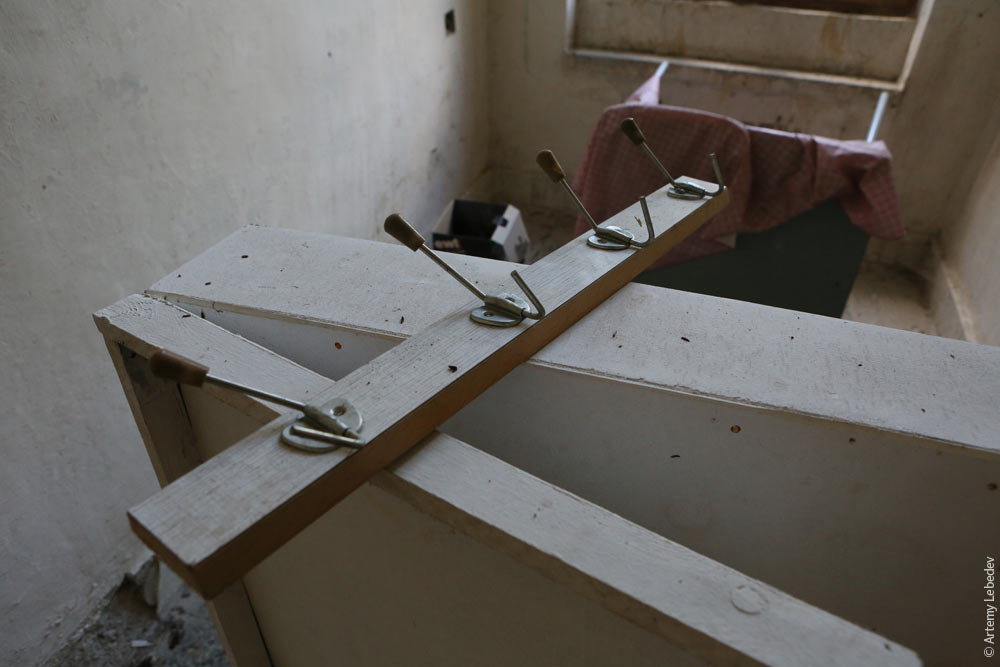 Or ceilings. 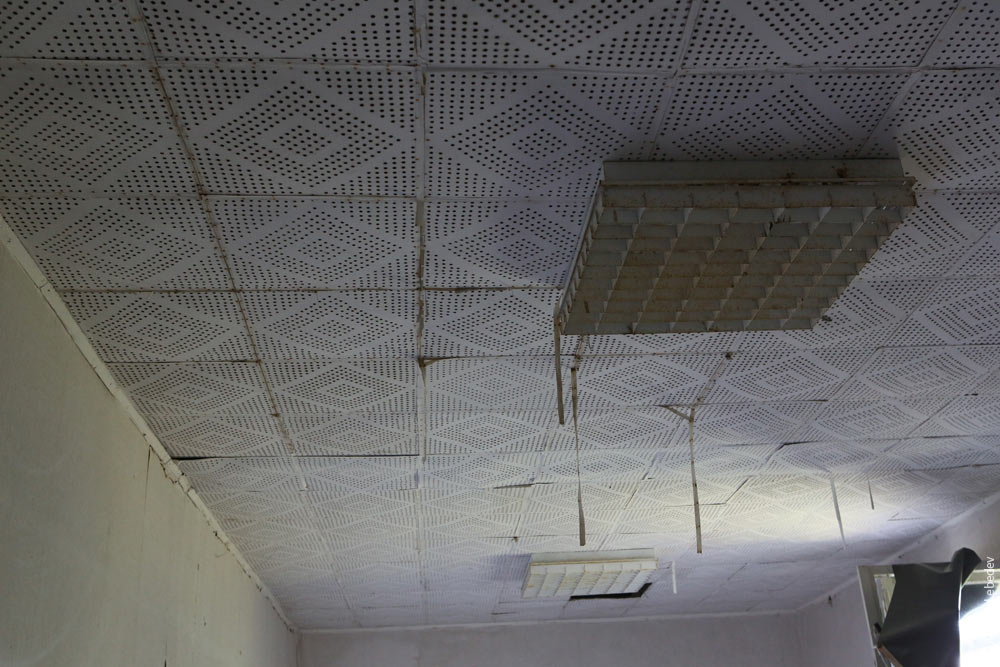 Or power outlets. 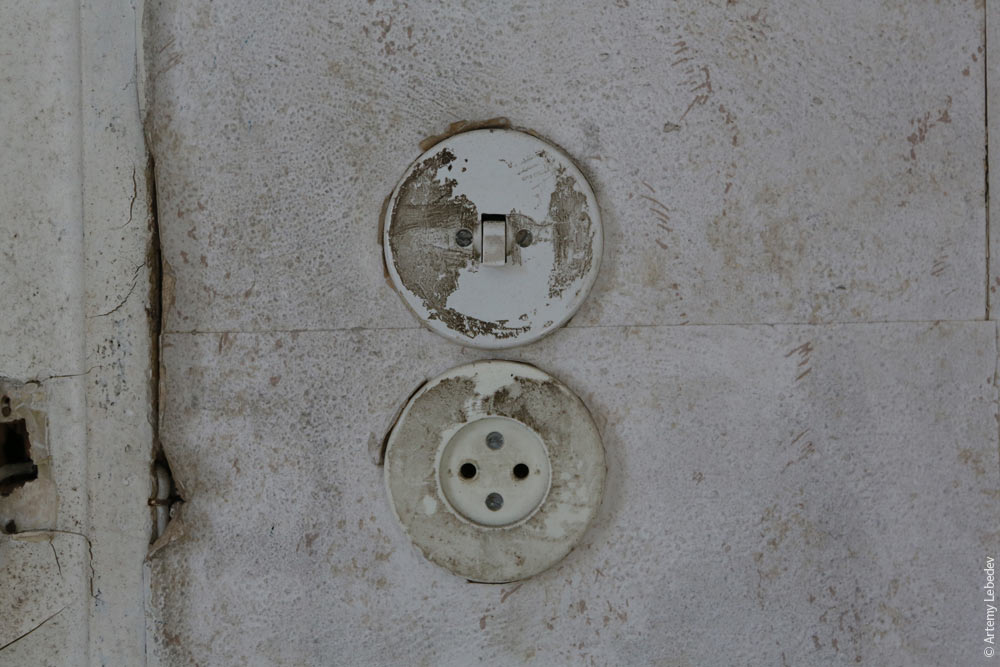 The soldier’s corner of power. 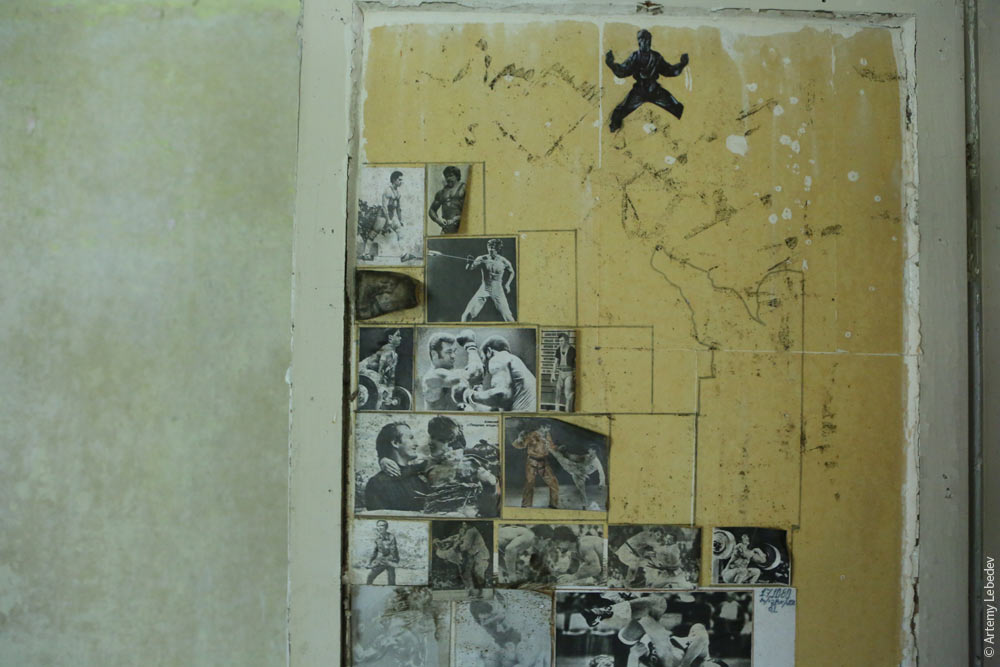 The soldier’s corner of weakness. 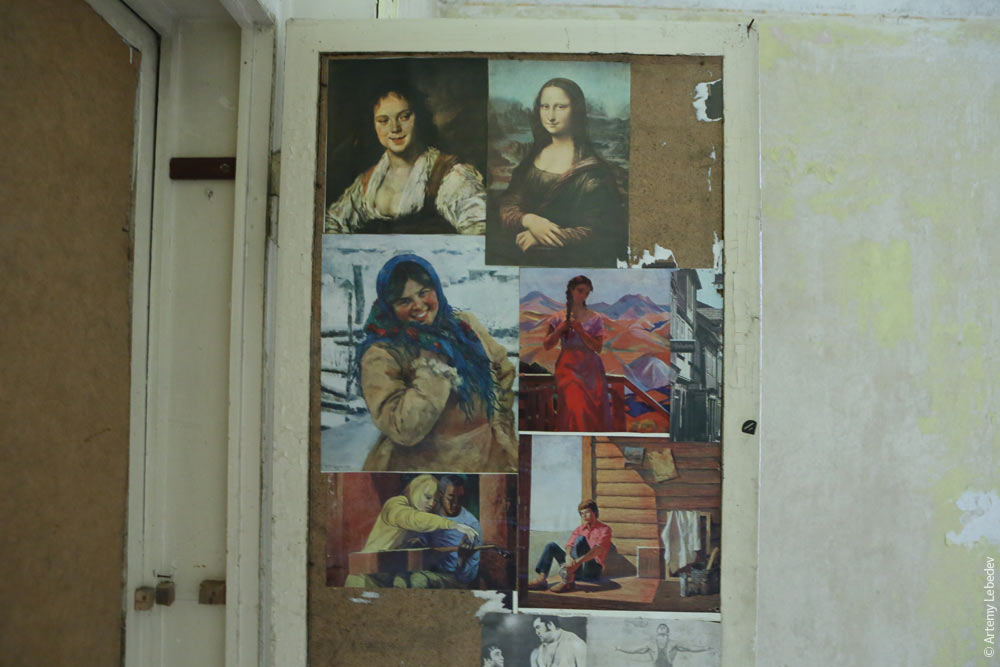 The bathrooms. 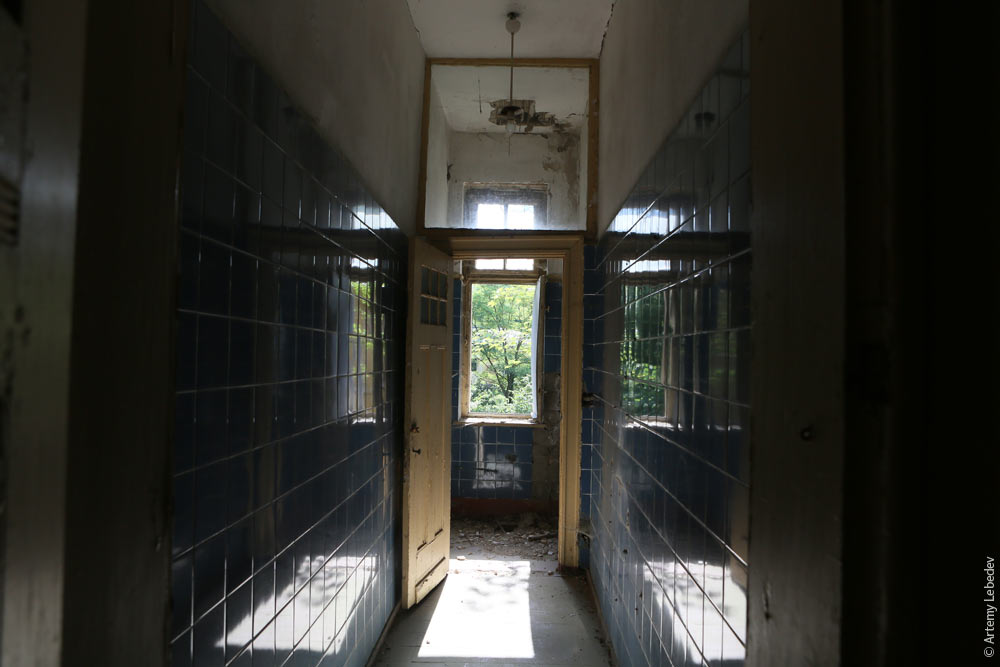 The newspapers under the wallpaper are still legible. 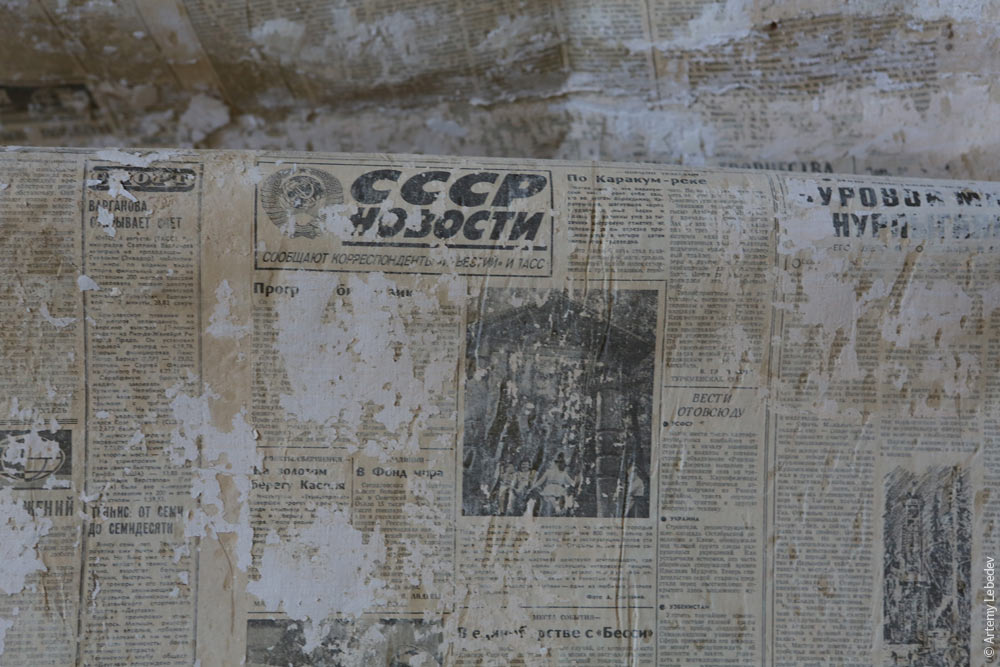 USSR News All of this is surrounded by a fence dearly familiar from back home.  And surrounding the dearly familiar fence is a classic Russian landscape straight out of the paintings of Ivan Shishkin. 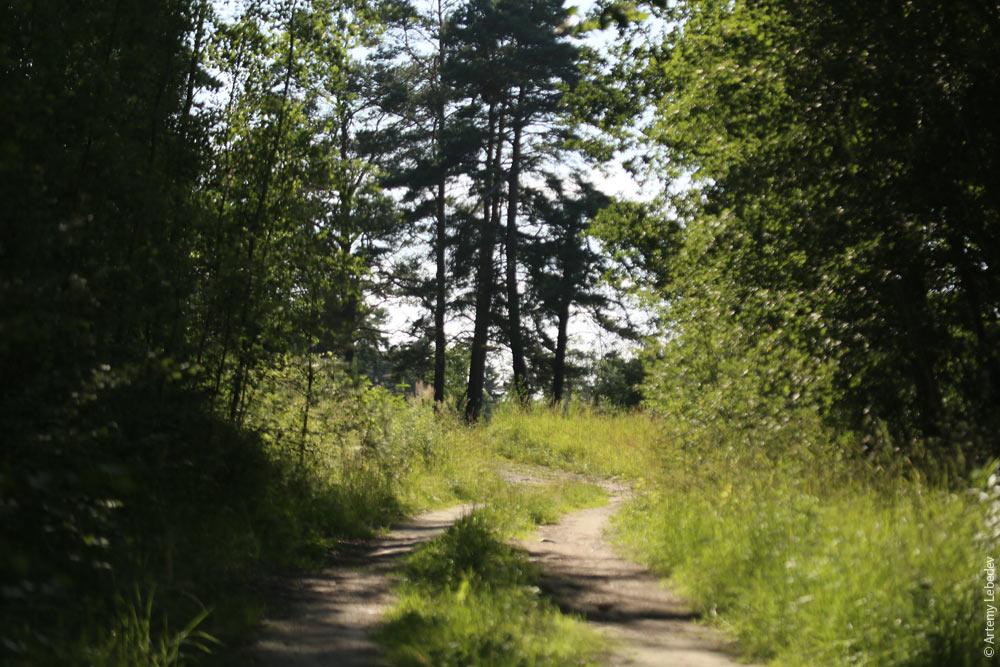 |